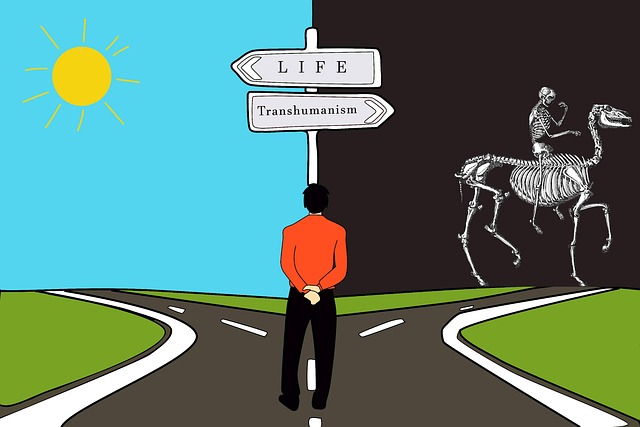Small towns appeal to urban dwellers seeking charm and community. Real estate agents & developers can draw new residents by highlighting unique character, local amenities, affordable housing, growth opportunities, and untapped potential. Creating dynamic community spaces fosters belonging, enhances quality of life, attracts businesses, and promotes economic growth while preserving small-town charm. In the digital age, creative strategies leveraging online platforms showcase towns' distinct experiences, attracting those seeking an alternative to urban living.
In today’s rapidly urbanizing world, small towns are finding new ways to thrive and attract a diverse population. This article explores strategies to expand community in small towns while preserving their unique charm. We delve into real estate approaches tailored for these areas, highlighting how developers and locals can create vibrant spaces that cater to diverse needs. By focusing on community-centric initiatives, these strategies aim to boost local economies and foster an inclusive environment, making small towns desirable destinations once again.
Real Estate Strategies for Small Towns

Small towns often boast a unique charm and close-knit community feel that many urban dwellers crave. To attract new residents, real estate agents and developers must embrace strategies tailored to this specific market. One key approach is to emphasize the town’s character and highlight the benefits of living in a smaller, more intimate setting. This can include showcasing local amenities like community centers, parks, and small businesses that foster connections among neighbors.
Additionally, offering affordable housing options and promoting the potential for personal growth and investment within the town is essential. Many small towns have untapped real estate potential, from revitalizing historic districts to developing new, sustainable neighborhoods. By marketing these opportunities, along with the overall improved quality of life, agents can entice both young professionals and retirees seeking a peaceful, community-oriented lifestyle.
Creating Vibrant Community Spaces

Creating vibrant community spaces is a key strategy in any successful real estate development, especially in small towns aiming to foster a strong sense of belonging. These spaces serve as hubs for social interactions, cultural events, and grassroots initiatives that bring folks together. Think cozy cafes with outdoor seating, where neighbors can catch up over coffee or local artisans can display their work. Community gardens offer a green oasis where residents can connect with nature and each other, while public art installations inspire dialogue and reflect the town’s unique character.
By integrating these spaces into the fabric of small-town life, developers and residents alike can cultivate a sense of place that transcends mere geography. These communal areas become the heartbeats of the community, fostering a strong social fabric and enhancing the overall quality of life. In turn, a vibrant community attracts new businesses, inspires local talent, and promotes a thriving economy—all while preserving the intimate charm that small towns are renowned for.
Attracting Residents: A Unique Approach

In today’s digital era, small towns are experiencing a renaissance as people seek a change from bustling metropolis lifestyles. To attract residents, forward-thinking communities are employing unique strategies that go beyond traditional real estate marketing. Instead of focusing solely on property listings, they’re creating a sense of belonging and community that resonates with potential newcomers. This involves hosting regular events, fostering local businesses, and promoting the town’s distinct character—from its rich history to natural attractions—to paint a vibrant picture for prospective residents.
One innovative approach is to leverage online platforms not just to showcase properties but also to highlight the everyday experiences that make each small town unique. By sharing stories, showcasing local talent, and emphasizing the tight-knit community spirit, these communities can attract folks seeking a slower pace of life without sacrificing connections or opportunities. This holistic strategy ensures that potential residents envision themselves as integral parts of the community before even setting foot in the town.






